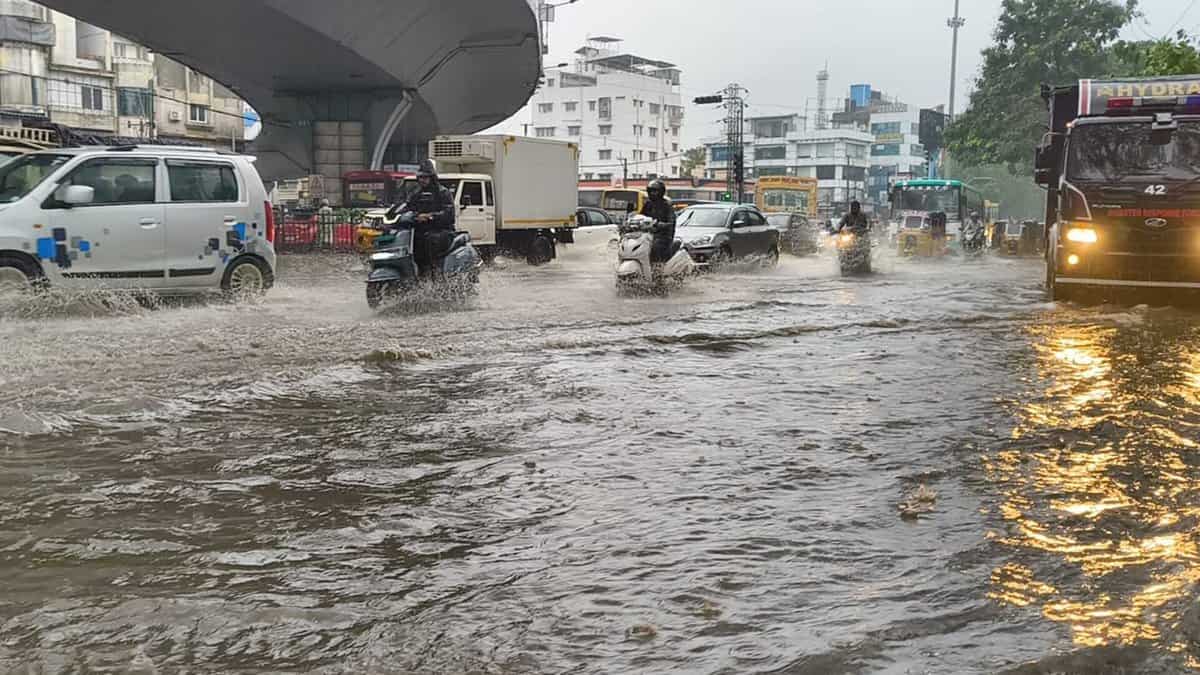In ancient times, it was known as Uttarapath and connected cities along the Ganges River to Punjab and Taxila in Pakistan.
India has been making rapid progress in road construction, with modern highways and expressways transforming transportation in a big way. But have you ever wondered which is the country’s oldest road? The very first road in India dates back to the Maurya Empire, built under the rule of its founder, Chandragupta Maurya. However, it was in the 16th century that a Delhi Sultan paved and modernized it. This ancient road even extended to other countries.
2,500-Year-old road
India’s oldest road is the Grand Trunk Road (GT Road), one of the longest and most historic highways in South Asia. With a history spanning over 2,500 years, it remains an integral part of India’s infrastructure. In ancient times, it was known as Uttarapath and connected cities along the Ganges River to Punjab and Taxila in Pakistan. Though originally built by Chandragupta Maurya, the route eventually fell into disuse.
Sher Shah Suri’s contribution
In the 16th century, during his reign (1540–1545), Delhi Sultan Sher Shah Suri reconstructed the road and named it Sadak-e-Azam or Badshahi Road. He paved it, built roadside inns (sarais) for travelers, planted shady trees, and introduced milestones (kos minars) for measuring distances. He even established a horse-based postal system along the route, making it one of the most well-maintained roads of that era.
A road that stretches to Afghanistan via Pakistan
When the British took control, they renamed this ancient route as the Grand Trunk Road (GT Road). This historic road once connected India with three neighboring countries. It began in Chittagong, Bangladesh, passed through various Indian states, and extended into Pakistan, reaching Lahore and Peshawar, before finally ending in Kabul, Afghanistan. GT Road has immense historical and cultural significance, having played a key role in trade, cultural exchange, and the expansion of empires for centuries.
It runs roughly 3,655 km (2,271 mi) from Teknaf, Bangladesh on the border with Myanmar west to Kabul, Afghanistan, passing through Chittagong and Dhaka in Bangladesh, Kolkata, Kanpur, Agra, Aligarh, Delhi, Amritsar, Chandigarh, Prayagraj in India, and Lahore, Rawalpindi, and Peshawar in Pakistan.
Even today, this route is commonly known as GT Road, though officially, a part of it is designated as National Highway 2 (NH-2), connecting Delhi to Kolkata. The road still extends through Amritsar to Peshawar, but since India’s independence, regular vehicular movement beyond the border has been restricted.

















































